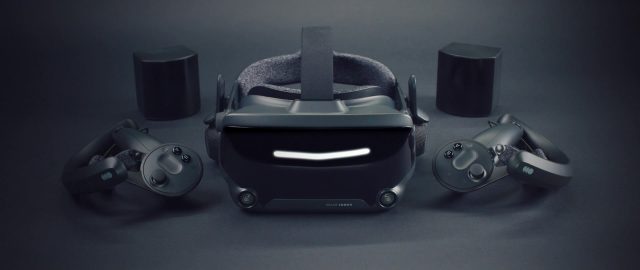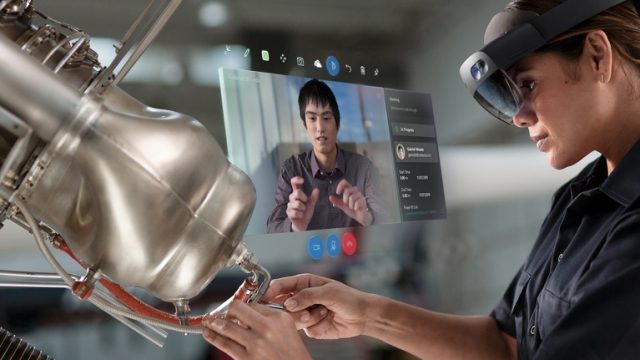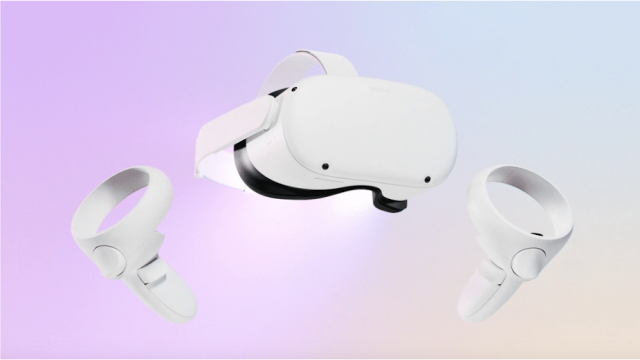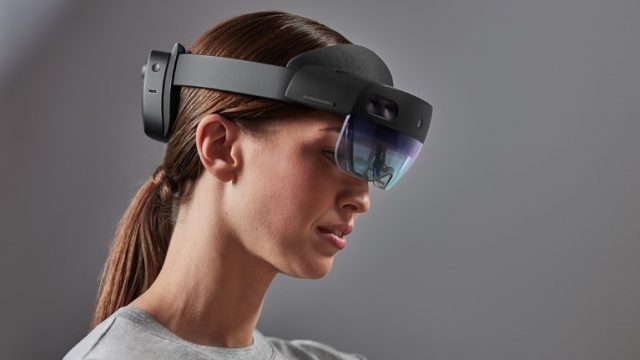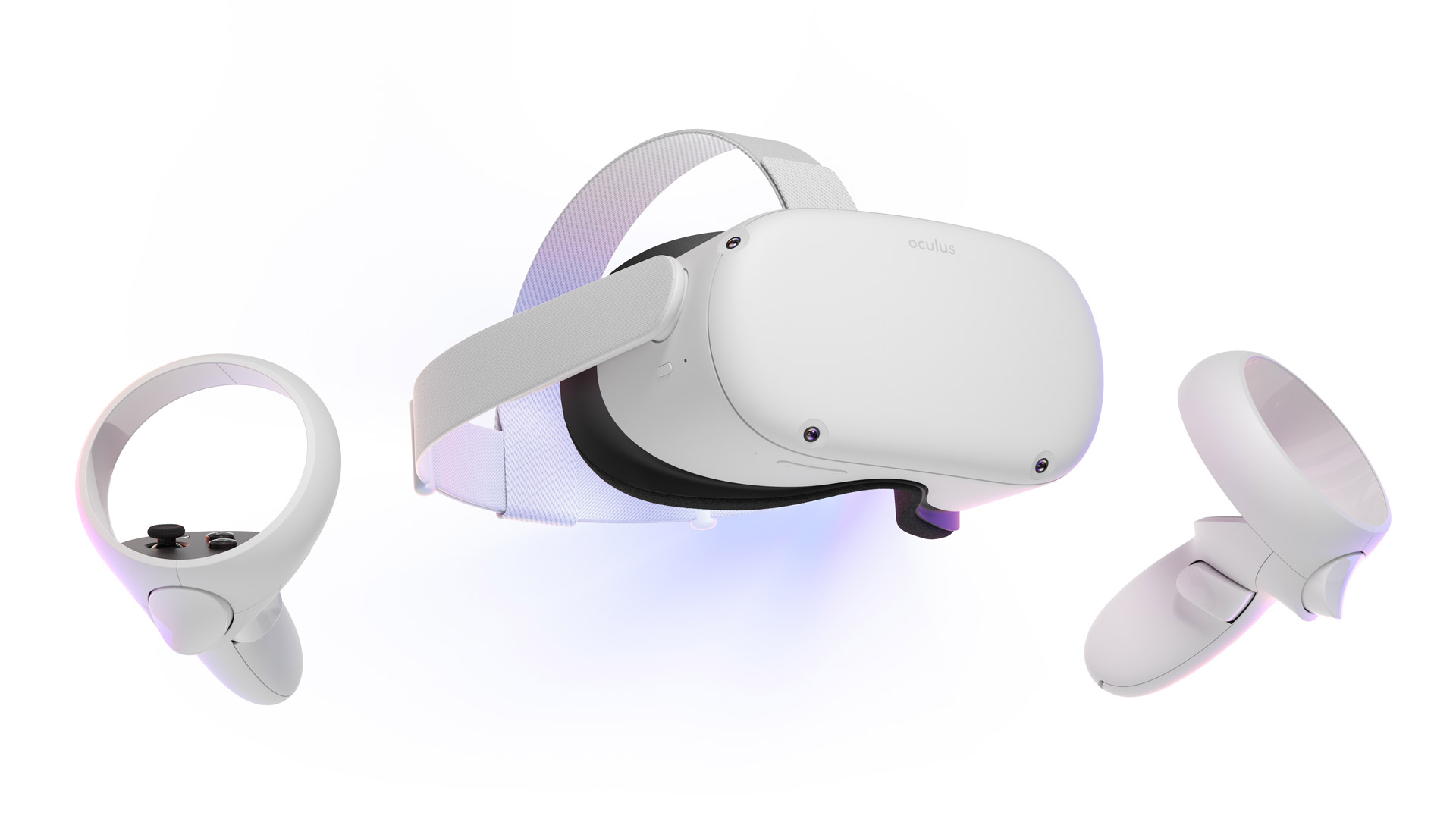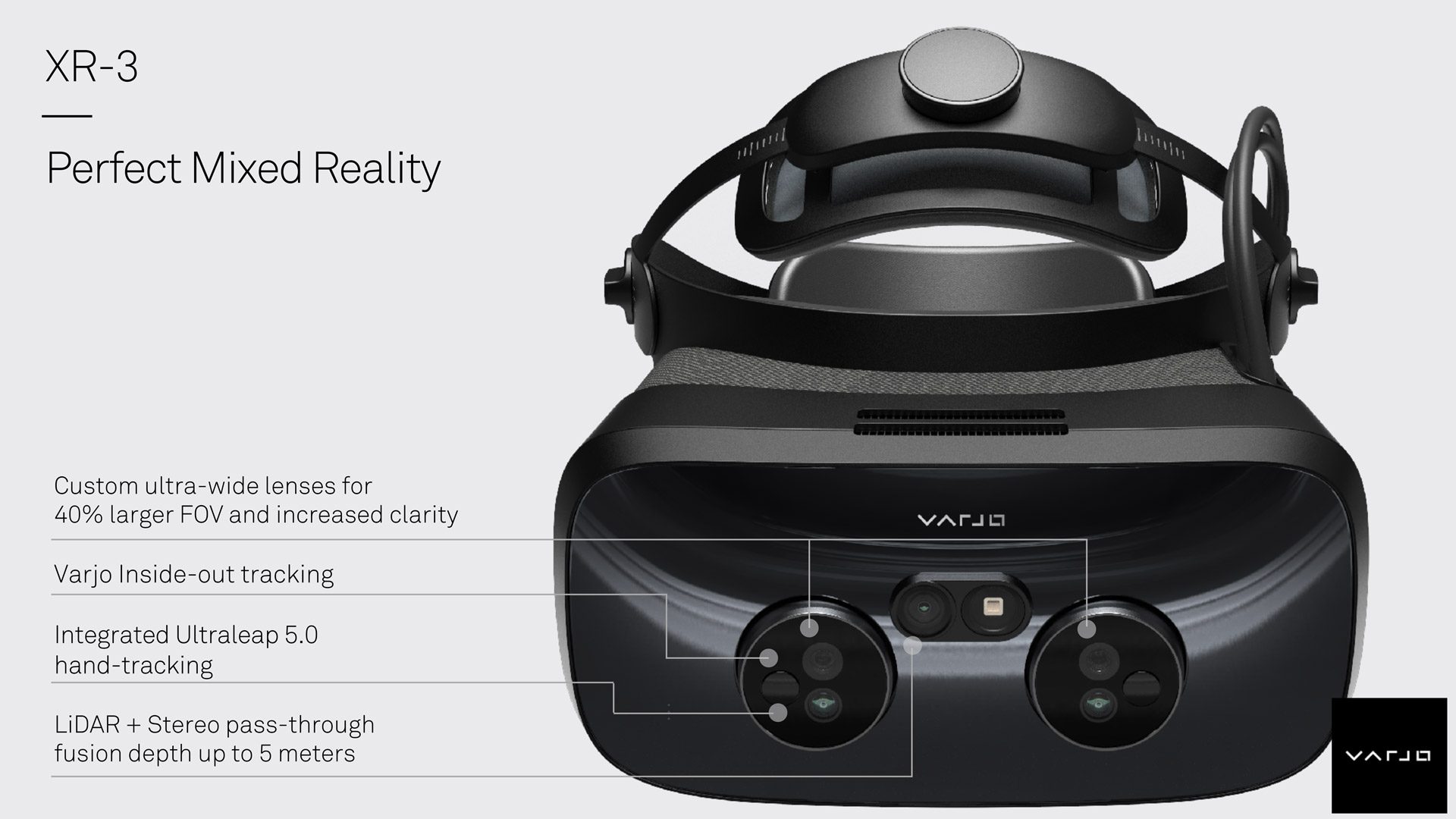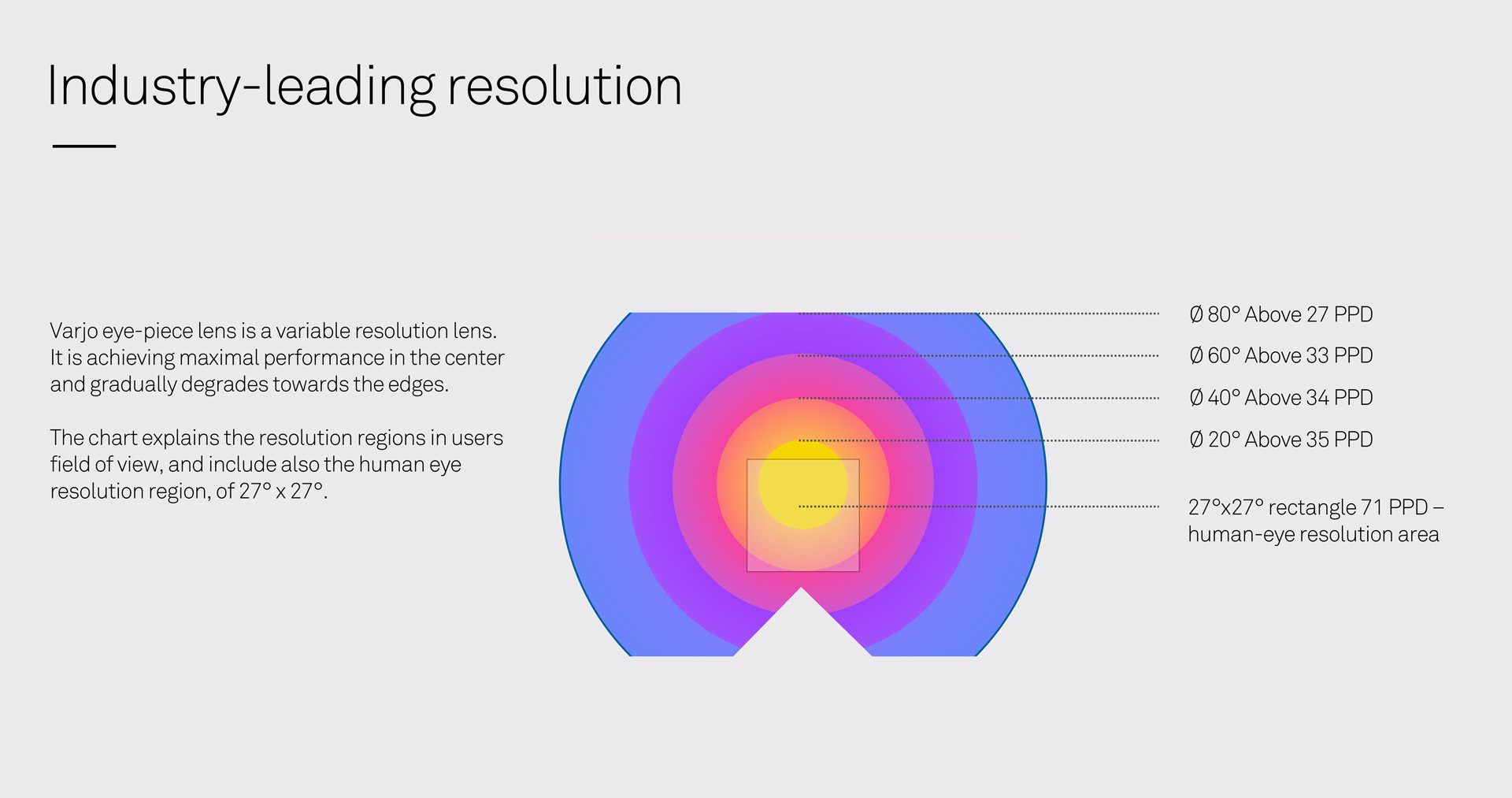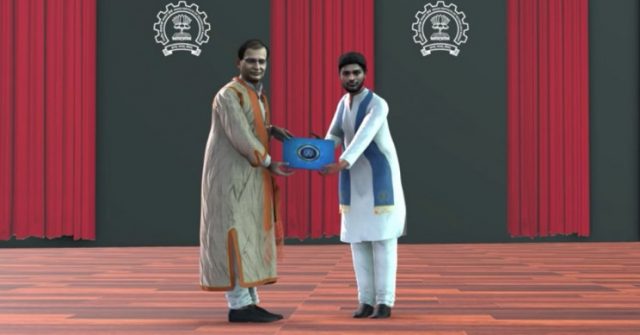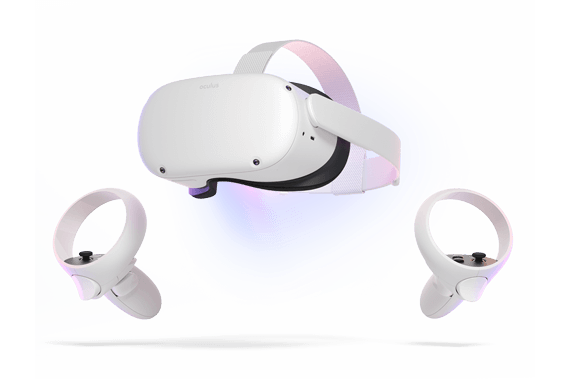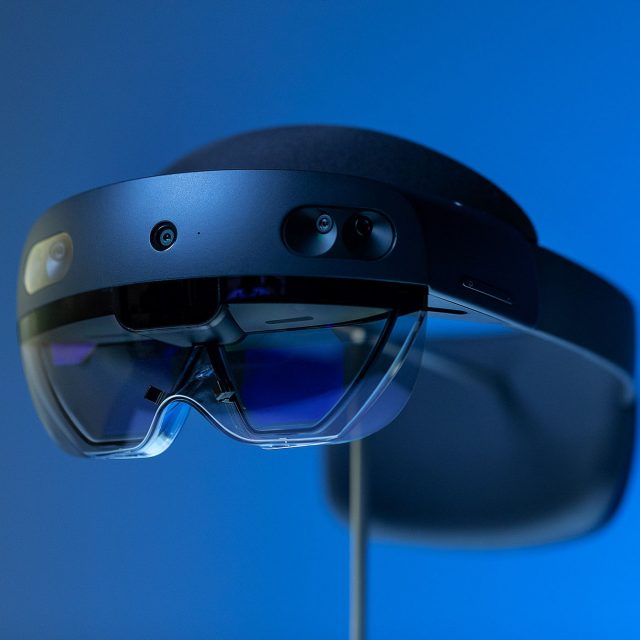The COVID-19 pandemic has greatly changed people’s lives around the world. Despite the real-world inconvenience caused by the coronavirus pandemic, applications utilizing XR technology are booming to create convenience and enhance user experience.
In the post-pandemic world, people are reluctant to walk into crowded stores and rather purchase anything they want online. According to Statista, more than 20% of the sales are bound to take place on the internet by 2022. Brands like IKEA were among the first to realize and jump in on the opportunity. They refined their e-commerce side of things to prove an all-around better experience for their customers.
IKEA has created an entire app from the ground up dedicated to XR. The app, called IKEA Immerse, helps users and customers to create, experience, and share their own configurations in a virtual living and kitchen room set.
Why do I like it?
I like this application because IKEA Immerse invites consumers to experience, design, and create in mixed reality. Instead of choosing from what has been provided, we become part of the designers ourselves. We can feel free to design what we want before purchasing.
Why is it engaging?
Enhancing in-store experience
Thanks to XR technology, IKEA Immerse has made it simpler for customers to view and try different furniture before purchasing. Compared with traditional offline shopping, people can more efficiently try different combinations of colors and styles, and customize their preferred lighting and shading.
Social interaction and sharing
With transferable VR equipment, customers could share their instant feelings with friends more conveniently and at a lower cost. In a virtual environment, people could also interact with furniture items through vision, and obtain instant feedback.
Extending the relationship beyond purchase
XR is still playing its role even after purchasing. After-sale service and support can be far more helpful with XR user manuals, instructions, and feature guidance. Instead of having a user interface directly into these physical products, users could engage with their smart refrigerators or ovens via an XR app on their own digital device.
What features are well done and what can be improved?
I think the following features are well-constructed:
- Photorealistic representation of the physical world. All the real items are projected into the virtual world in a 3D and highly realistic manner. Textures are rendered so well that you can feel no visual difference between viewing and experiencing virtual reality and the offline store.
- More adaptable and diversified features than the physical world. You can adjust the lighting and shading freely by virtue of real-time rendering, beyond physical limits. Eg, night mode can be chosen during the daytime and you can add more shading without having to draw the curtain.
Meanwhile, I think there is still room for improvement regarding the following features.
- Adding a sense of touch. When purchasing furniture, both visual and tactile communications are essential for customers. IKEA Immersive has done quite well on vision, but if customers cannot feel if the bed is soft enough, it would definitely affect their purchase decisions merely based on virtual viewing.
- Making it more trustworthy. For online shopping and remote experiencing, it is easier for sellers to exaggerate their product effects and attract customers in a dishonest way. If IKEA Immersive could prove the authenticity of products and experience shown in XR devices, I believe it will gain them more advantages compared with similar products.



